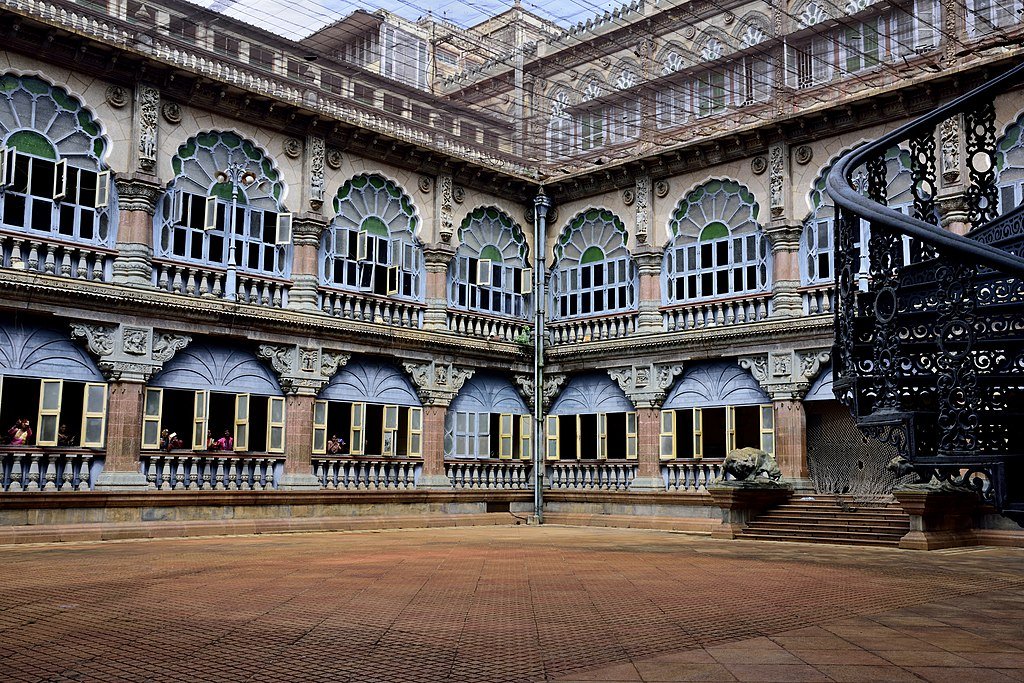Poland’s architecture defies expectations.
Its castles, churches, palaces, and squares rival the great cities of Europe.
Why don’t more people talk about this?
Let’s explore Poland’s most stunning architectural wonders. 🧵
Its castles, churches, palaces, and squares rival the great cities of Europe.
Why don’t more people talk about this?
Let’s explore Poland’s most stunning architectural wonders. 🧵

1. St. Mary's Basilica (Kraków)
This Gothic church dominates Kraków’s Old Town with its two iconic towers and breathtaking wooden altarpiece by Veit Stoss.
This Gothic church dominates Kraków’s Old Town with its two iconic towers and breathtaking wooden altarpiece by Veit Stoss.

2. Wawel Castle (Kraków)
A stunning mix of Gothic, Renaissance, and Baroque styles, Wawel Castle is the former royal residence of Polish kings. Its courtyard and cathedral are masterpieces.
A stunning mix of Gothic, Renaissance, and Baroque styles, Wawel Castle is the former royal residence of Polish kings. Its courtyard and cathedral are masterpieces.

3. Malbork Castle (Malbork)
The world’s largest brick castle, built by the Teutonic Knights in the 13th century, is an awe-inspiring Gothic fortress.
The world’s largest brick castle, built by the Teutonic Knights in the 13th century, is an awe-inspiring Gothic fortress.

4. The Royal Castle (Warsaw)
A symbol of Polish resilience, this reconstructed Baroque and Neoclassical masterpiece was the seat of Polish kings and now serves as a museum.
A symbol of Polish resilience, this reconstructed Baroque and Neoclassical masterpiece was the seat of Polish kings and now serves as a museum.

5. Wilanów Palace (Warsaw)
Poland’s “Versailles,” Wilanów Palace is a Baroque treasure, featuring intricate stucco work and beautiful gardens.
Poland’s “Versailles,” Wilanów Palace is a Baroque treasure, featuring intricate stucco work and beautiful gardens.

6. Gdańsk Old Town (Gdańsk)
A blend of Gothic, Renaissance, and Baroque architecture, Gdańsk’s Long Market and the iconic Neptune Fountain make it one of Poland’s most picturesque cityscapes.
A blend of Gothic, Renaissance, and Baroque architecture, Gdańsk’s Long Market and the iconic Neptune Fountain make it one of Poland’s most picturesque cityscapes.

7. The Cloth Hall (Sukiennice, Kraków)
A Renaissance-era trading hall in the heart of Kraków’s Market Square, known for its arcades and vibrant merchant stalls.
A Renaissance-era trading hall in the heart of Kraków’s Market Square, known for its arcades and vibrant merchant stalls.

8. St. John's Cathedral (Wrocław)
A masterpiece of Gothic architecture, this cathedral towers over the Oder River with its intricate spires and stunning stained-glass windows.
A masterpiece of Gothic architecture, this cathedral towers over the Oder River with its intricate spires and stunning stained-glass windows.

9. Poznański Palace (Łódź)
A grand 19th-century residence blending Neo-Renaissance and Baroque styles, built for industrialist Izrael Poznański and now home to the Museum of the City of Łódź.
A grand 19th-century residence blending Neo-Renaissance and Baroque styles, built for industrialist Izrael Poznański and now home to the Museum of the City of Łódź.

10. Ksiaz Castle (Wałbrzych)
One of Poland’s most romantic castles, Ksiaz combines Baroque, Gothic, and Renaissance styles, standing dramatically atop a forested cliff.
One of Poland’s most romantic castles, Ksiaz combines Baroque, Gothic, and Renaissance styles, standing dramatically atop a forested cliff.

If you enjoyed this thread on the architecture of Poland, you’ll enjoy our FREE newsletter:
thecultureexplorer.beehiiv.com/subscribe
thecultureexplorer.beehiiv.com/subscribe
11. Zamość Old Town (Zamość)
Designed in the late 16th century as a perfect Renaissance city, Zamość is a unique architectural wonder with colorful facades and a beautiful town hall.
Designed in the late 16th century as a perfect Renaissance city, Zamość is a unique architectural wonder with colorful facades and a beautiful town hall.

12. Poznań Town Hall (Poznań)
A stunning example of Renaissance architecture, featuring an intricate facade, striking clock tower, and famous mechanical goats.
A stunning example of Renaissance architecture, featuring an intricate facade, striking clock tower, and famous mechanical goats.

13. The Church of Peace (Świdnica)
Built entirely of wood without nails in the 17th century, these Protestant churches are UNESCO-listed marvels of Baroque craftsmanship.
Built entirely of wood without nails in the 17th century, these Protestant churches are UNESCO-listed marvels of Baroque craftsmanship.

14. The Palace on the Isle (Warsaw)
A Neoclassical gem in Łazienki Park, featuring stunning interiors and an idyllic setting surrounded by water.
A Neoclassical gem in Łazienki Park, featuring stunning interiors and an idyllic setting surrounded by water.

15. Palace of Culture and Science (Warsaw)
The Palace of Culture and Science in Warsaw is a towering example of Socialist Realist architecture, adorned with intricate reliefs, massive colonnades, and a spire that dominates the city's skyline.
The Palace of Culture and Science in Warsaw is a towering example of Socialist Realist architecture, adorned with intricate reliefs, massive colonnades, and a spire that dominates the city's skyline.

Each of these places showcase Poland’s architectural diversity,
Which ones intrigue you the most?
Any others we should add?
Which ones intrigue you the most?
Any others we should add?

• • •
Missing some Tweet in this thread? You can try to
force a refresh























